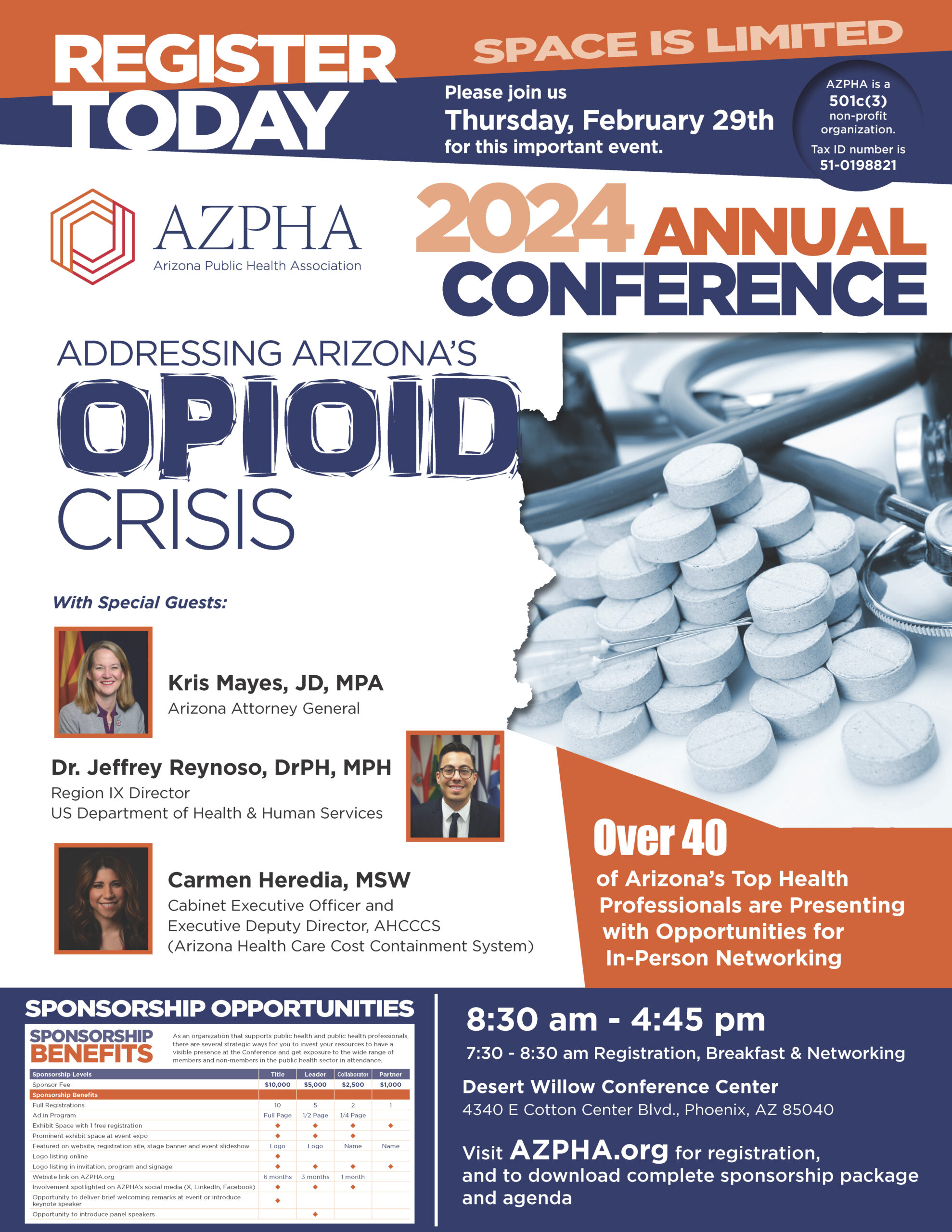For the last 20 years, all Americans have been getting ripped off by pharmaceutical companies. The heist began when a prescription drug benefit was added for Medicare enrollees (Medicare Part D). Drug company lobbyists made sure Congress wrote the law to prohibit Medicare from negotiating drug prices.
As a result, Medicare was (and actually still is) held hostage by drug companies and Medicare pays 300% more for prescription drugs than in Europe or Canada, and close to 10x higher than in developing nations. That means every American who gets a paycheck is paying way more than necessary for prescription drugs. We’re ALL being scammed (not just Medicare beneficiaries) because Medicare is financed with a regressive payroll tax.
The Inflation Reduction Act of 2022 finally included modest reform by allowing Medicare to begin negotiating the price of a handful (initially 10) of the thousands of drugs they cover in Medicare Part D.
Last week Medicare sent initial offers to manufacturers of the first 10 drugs selected for drug price negotiation to help bring down the price of these prescription drugs. This is the first time ever that Medicare is not accepting the drug prices the pharmaceutical companies set.
Below is the list of 10 drugs covered under Medicare Part D selected for negotiation for initial price applicability year 2026, based on total gross covered prescription drug costs under Medicare Part D and other criteria as required by the law. For example, any drug that was approved by the FDA less than 7 years ago can’t be negotiated.
Drug Condition Part D Cost $ # of Part D Users
Eliquis Prevention of blood clots $16,482,621,000 3,706,000
Jardiance Diabetes; Heart failure $7,057,707,000 1,573,000
Xarelto Prevention of blood clots $6,031,393,000 1,337,000
Januvia Diabetes $4,087,081,000 869,000
Farxiga Diabetes; Heart failure $3,268,329,000 799,000
Entresto Heart failure $2,884,877,000 587,000
Enbrel Rheumatoid arthritis $2,791,105,000 48,000
Imbruvica Blood cancers $2,663,560,000 20,000
Stelara Psoriasis; colitis $2,638,929,000 22,000
Fiasp Diabetes $2,576,586,000 777,000
According to the HHS, the list of drugs above represents: “… the 10 drugs with the highest total Part D gross covered prescription drug costs after excluding from the ranked list of 50 negotiation eligible drugs any biologics that qualify for delayed selection as a result of there being a high likelihood that a biosimilar will enter the market within a specified time.”
The drug companies have filed several lawsuits to stop HHS from negotiating better prices. They’re hoping the courts will do what they could not get done in Congress: block Medicare from negotiating lower prices for seniors and families.
HHS Names 1st 10 Drugs Up for Negotiation Under Medicare – AZ Public Health Association (azpha.org)






